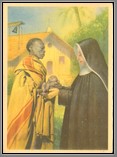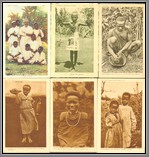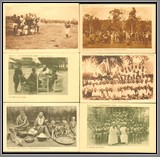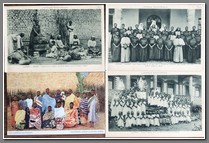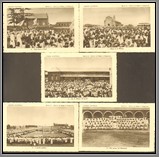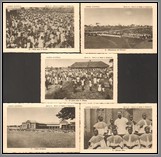British East / Central Africa
Photo album of a group of Heart of Africa (WES International) missionaries to East Africa from 1958-1960. Well annotated with a number of missionaries mentioned by name. Places shown include Karble, Nabugabo, Gahina, Ruanda-Urundi, Eastern and Northern Provinces of Uganda. 174 photos in all. M
Price: $900.00
 BRA 122 BRA 122 |  BRA 122 BRA 122 |  BRA 122 BRA 122 |  BRA 122 BRA 122 |


